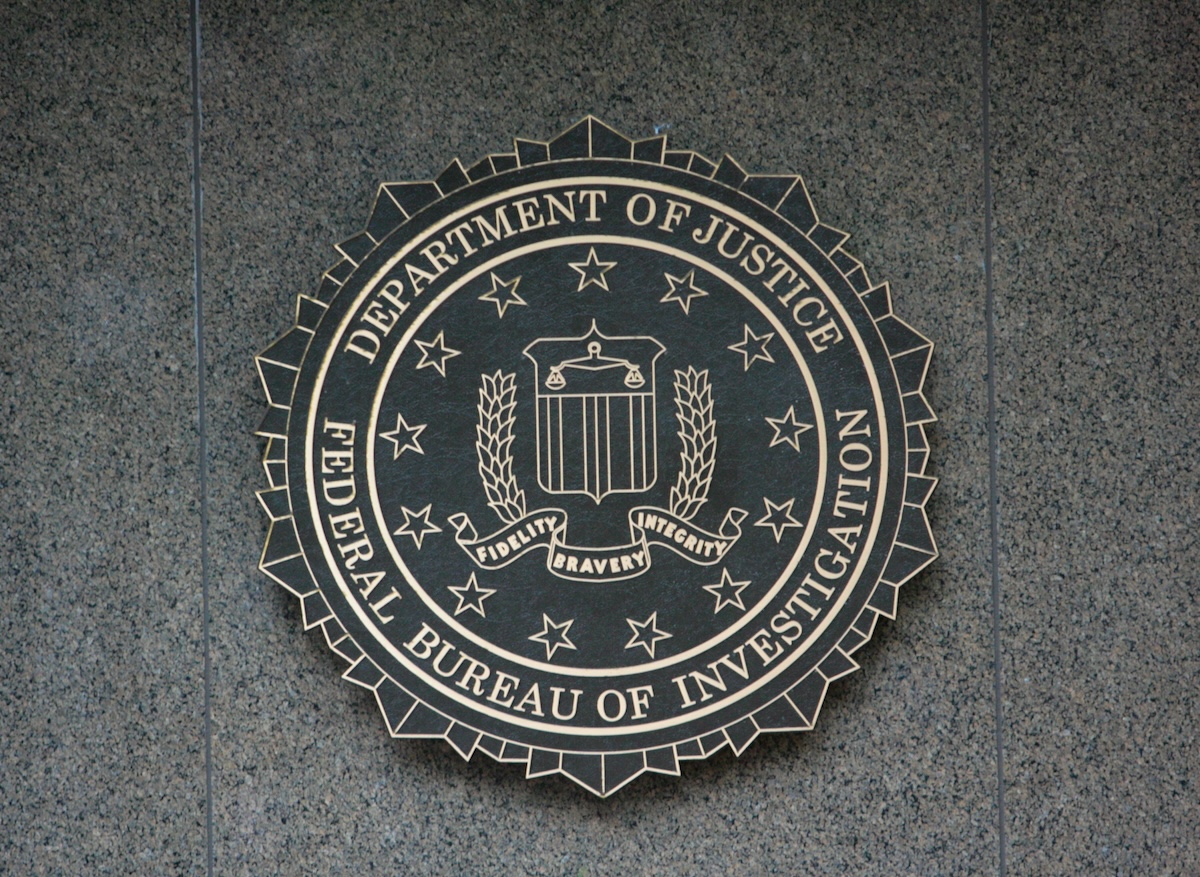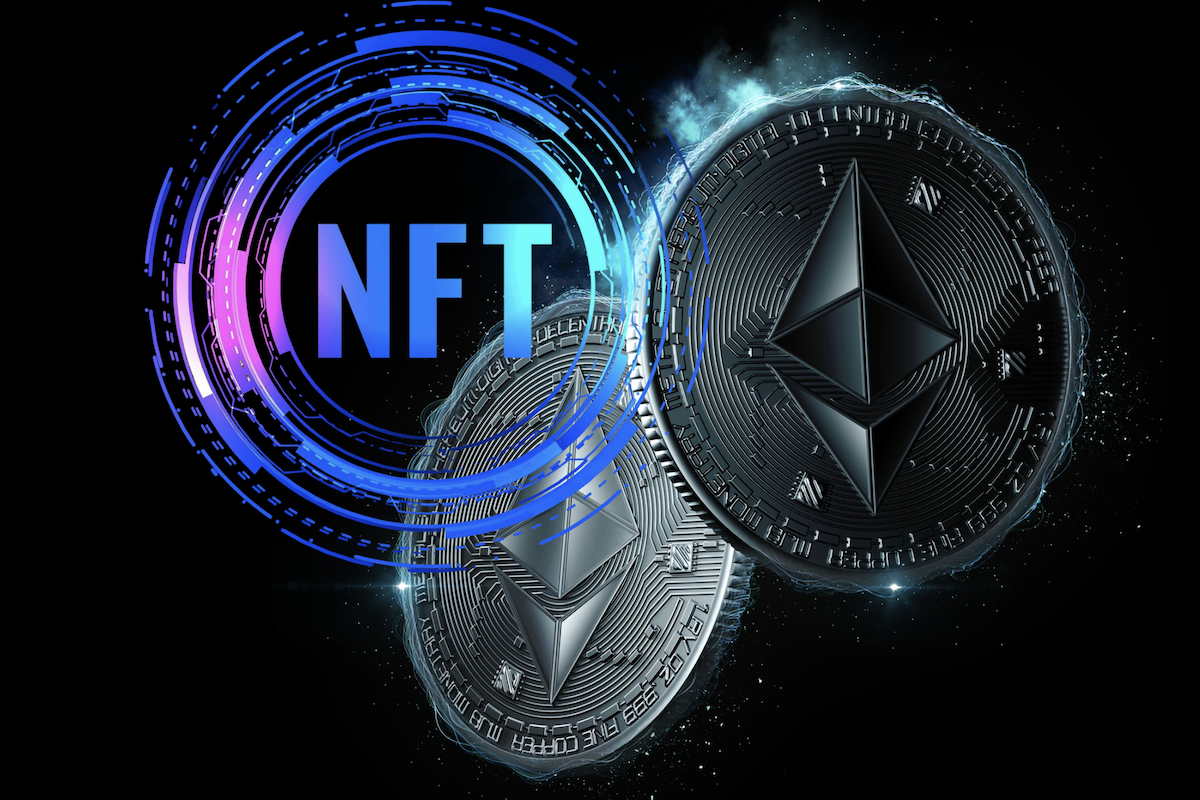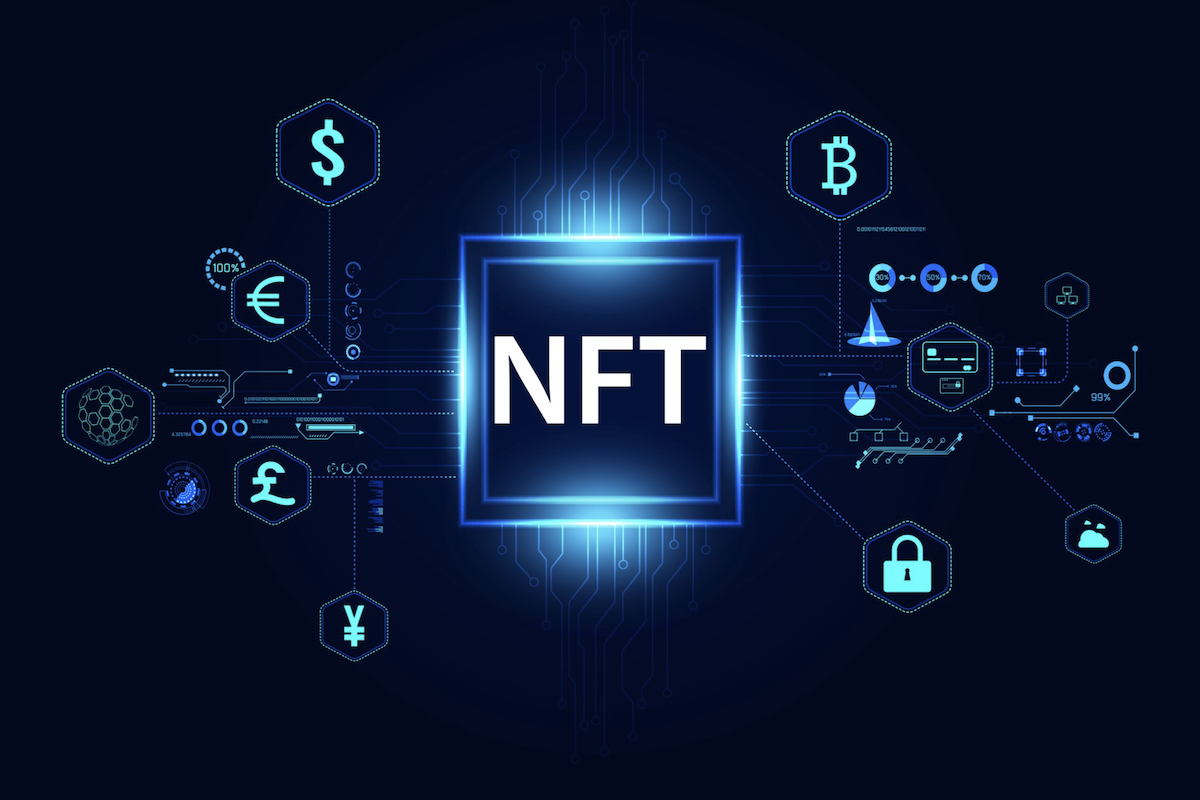Chainlink is looking to expand on its DeFi dominance and break into the lucrative NFT market by introducing its evolving dNFT version.
Chainlink has been dominant in the DeFi industry, with many blockchains partnering with its token LINK as a way of earning passive income, but as with all leaders in the space, it is looking to continue its growth.
The crypto winter may still be thawing but the continued rise of NFTs within the Web3 industry has been highly impressive. The NFT-based loan sector grew astronomically from last year, due largely in part to the rise of DeFi solutions.
That said, this progress only pertained to lending protocols - until Chainlink entered the fray with a unique offering looking to revolutionize the industry.
Chainlink to Launch dNFTs
Chainlink’s interest in the NFT industry should excite everyone. They will introduce a platform for NFTs and what they call dNFTs (dynamic non-fungible tokens), which add much more options to NFT developers.
According to the Chainlink website, ‘A dynamic NFT (dNFT) is a Non-Fungible Token (NFT) with encoded smart contract logic that enables it to automatically change its metadata based on external conditions.’
Basically, dNFTs morph or progress over time, based on certain circumstances or real-life occurrences, offering digital artists, content creators, and developers the capability of constructing exclusive and changeable objects.
They will offer a unique solution that combines the benefits of NFTs with data updating capabilities. This is necessary for connecting real-world assets that often need data to be updated, making them ideal for tokenizing real-world assets, constructing progression-based video games, and sports betting and fantasy leagues.
With dNFTs keeping their distinct identifiers while being able to change certain elements of its metadata at the same time, it’s the perfect solution and the next step for NFTs.
Some typical use cases for Chainlink dNFTS
NFTs work well enough, so why the need for dNFTs? Sure enough the in-game NFTs are static and don’t need updating. Maybe not, but imagine your in-game NFT character starting out, [enter pronoun] can be a novice, let’s say a soldier. As you continue to play the game and your player improves, the metadata in the dNFT can evolve and your character can become a much more skilled and higher-ranked general.
Metadata changes are also vital when it comes to tokenizing real-world assets, which often require many changes. For example, an NFT that represents any property as an example: its maintenance history, age, and market value must all be updated regularly.
Because an NFT is static it can’t be edited, but with dNFTs you can update the information, such as previous sales, maintenance history, age of the house etc.
Chainlink dNFTs – The Evolution
Chainlink is a leader in the DeFi world, but with the introduction of its dNFTs it is going to be a leader throughout the Web3 industry.
Giving developers and content creators the ability to allow NFTs to morph and evolve is exciting. That it may be, and it might just be the catapult to open the NFT industry towards mainstream adoption.






